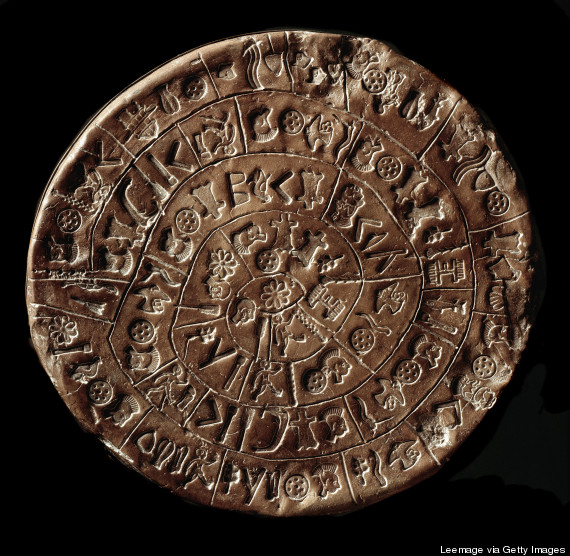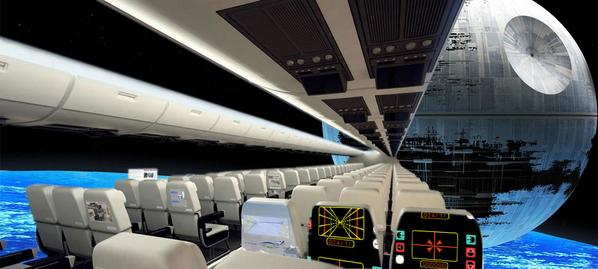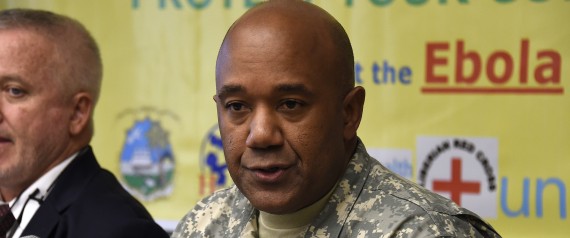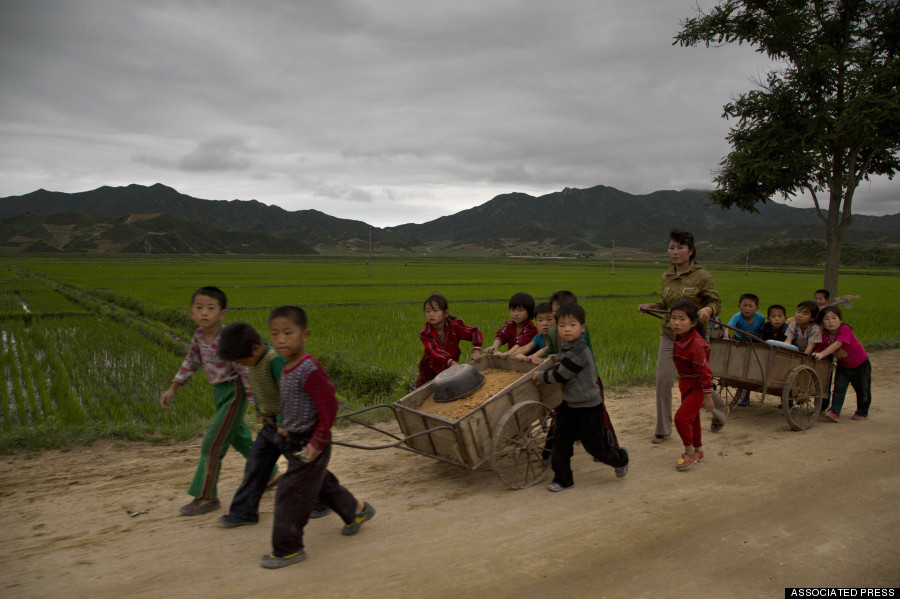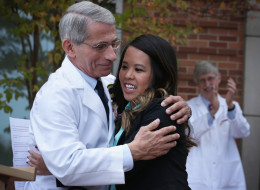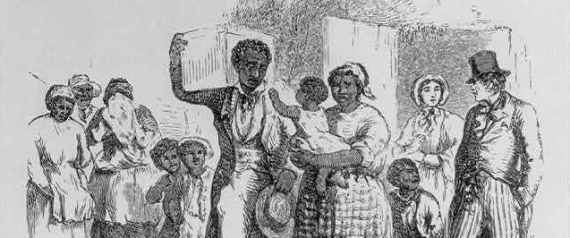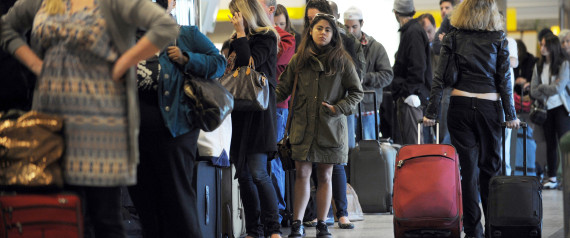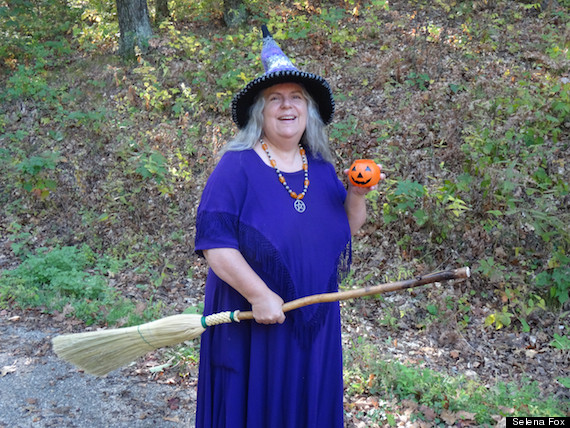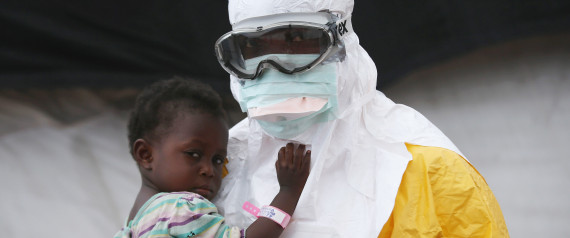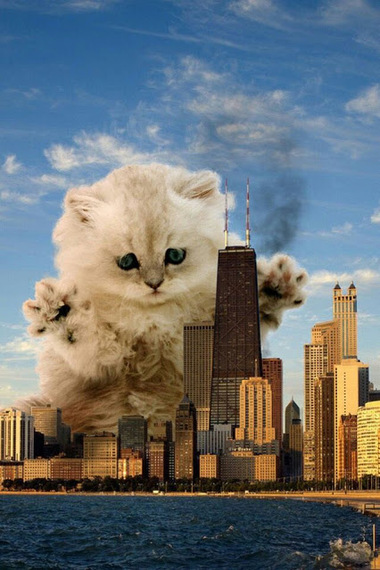LAKE CHON, North Korea (AP) — When North Korea opens its doors, it does so for a reason. So it was when the authoritarian government granted permission for a road trip so extensive that few North Koreans — let alone a pair of American journalists — could imagine taking it.
We drove 2,150 kilometers (1,336 miles) in a country that has barely 25,000 kilometers of road, and only 724 kilometers of those paved. By the time we returned to the capital a week later, our Chinese-made Great Wall SUV had a few new scratches and one less hubcap.Our official destination was majestic Mount Paektu, with its jagged peaks surrounding a crystal-blue crater lake. North Korea is pursuing a plan to create dozens of special foreign investment and tourism zones, and this is one of the places it most wants to promote.
The easiest way to get there is to fly, but we had been granted permission to drive. This, we were told, would mean traveling through places that no foreign journalists had been allowed to see before.
Still, the trip was on North Korea's terms.
In this June 20, 2014 photo, young North Korean schoolchildren help to fix pot holes in a rural road in North Korea's North Hamgyong province. (AP Photo/David Guttenfelder)
Even on the loneliest of lonely highways, we would never be without a "minder," whose job was to monitor and supervise our activities. We were not to take photographs of any checkpoints or military installations, or talk to people we happened to see along the way. For the most part, we were not to detour from our pre-approved route, which, to no one's surprise, didn't include nuclear facilities or prison camps.











